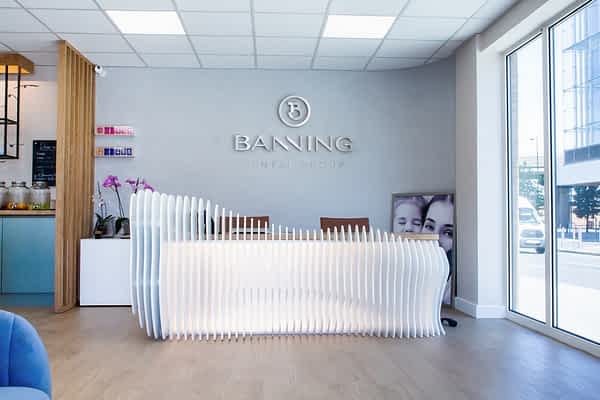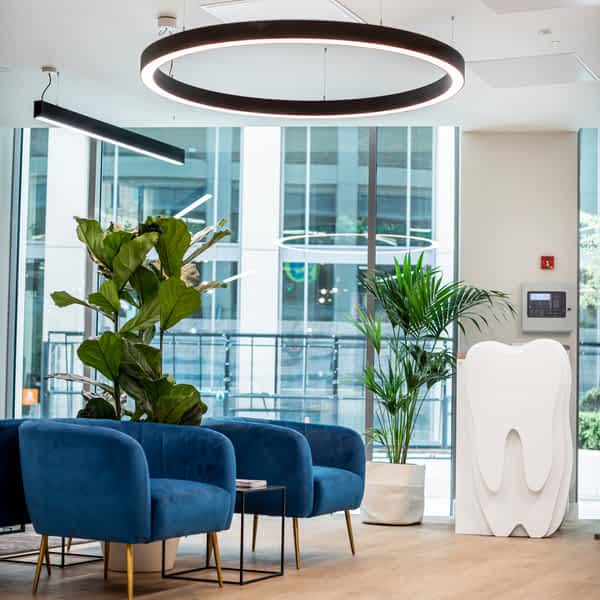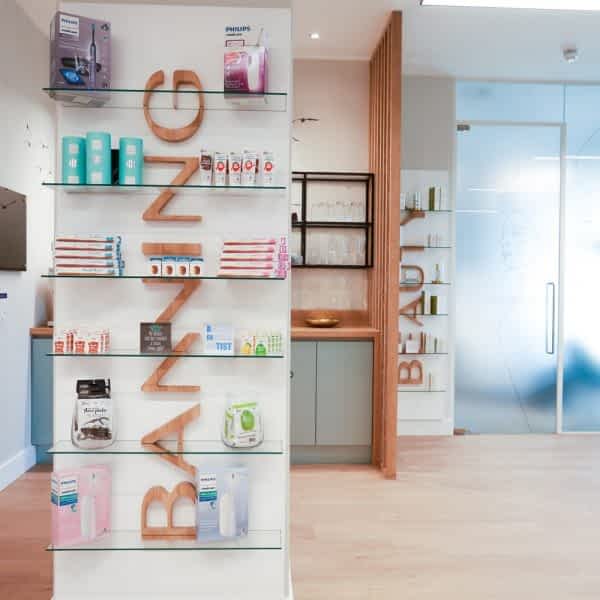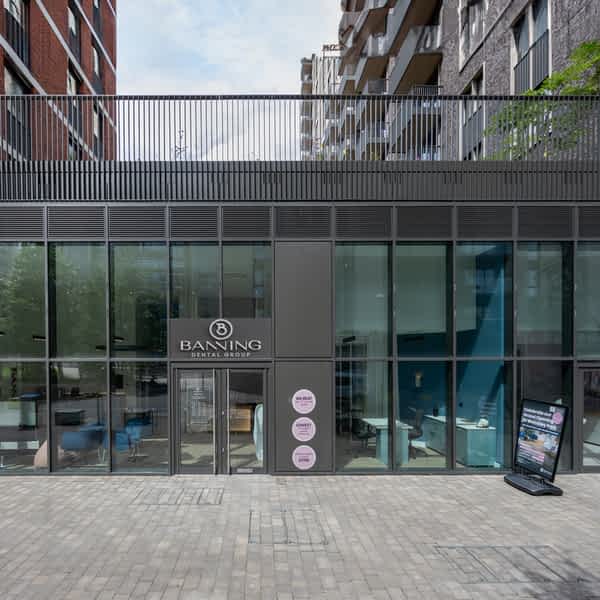A guide to Root Canal Treatment.
Despite being one of the most common dental procedures, Root Canal Treatment (also known as RCT or Root Filling) sadly carries quite a bad reputation. In fact, its reputation precedes it. Those with no experience of Root Canal seem to air their dislike for the treatment despite having never been subject to it themselves. Much of this is due to semantics. Just a simple mention of words ‘tooth and root’ together usually results in a sharp intake of breath and wincing face, a bit like fingernails down a chalkboard.
While all dentists are trained to carry out root canal treatments, you may need to see an endodontic specialist, to improve the chances of a successful root canal or to redo a root canal treatment. An endodontist is the superhero of the dentistry world, drafted in for their skilled teeth-saving techniques. Endodontics is a specific branch of dentistry dedicated to treatments that save teeth that have become infected. While an endodontist is trained in several different procedures, the most well-known is the root canal treatment.
We want to change people’s perception of Root Canal treatment and to give it the credit that it truly deserves as a procedure. We promise it’s not nearly as scary as it sounds. In fact, in the event of a severe case of infection, Root Canal treatment is very much your friend.
What is Root Canal Treatment?
When we talk about Root Canal treatment, we are always referring to the Dental Pulp area of the tooth. Dental pulp is the soft tissue at the centre of a tooth, which contains the tooth’s blood vessels and nerve endings. Whilst the dental pulp area is usually protected from damage by the strong exterior enamel, there are occasions where damage has been caused to the tooth which has allowed bacteria to enter the exterior surface, eventually arriving at the delicate interior of pulp.
Our mouths are full of bacteria. Whilst this may sound disgusting, most of these bacterias are completely harmless and aid the process of eating and digestion. However, as a living organism, bacteria need to feed and their feeding routine converts sugar into acids which then go on to attack our teeth enamel. After a period of gradual tooth decay, the bacteria can work its way all the way through the enamel and towards the pulp.
Alternatively, damage to the enamel can be as a result of an injury to the tooth. If a tooth is cracked, shattered or broken it gives the bacteria the opportunity to enter the tooth.
During root canal treatment the infected pulp is removed, the inside of the tooth is cleaned and disinfected, it is filled and sealed with a rubbery material called gutta-percha. The tooth is then repaired with a filling or crown, restoring its look and function. At Banning Dental Group we use microscopes to access even the smallest of canal, thus delivering the best chances of long term success.
When is Root Canal Treatment necessary?
Root canal therapy is necessary when the soft tissues inside a tooth become infected. It may also be required if damage has been caused to the tooth, exposing the dental pulp to bacteria, to prevent an infection from developing.
Dental pulp infection or abscess is an unpleasant inflammation of the tooth. Patients with a pulp infection may notice severe, persistent toothache, pain in the jaw, heightened sensitivity to hot and cold, or painful swelling in their gums. If you are suffering from this type of infection, you will be keen to have it eliminated in the quickest, most effective way. We can assure you if you have reached this stage, Root Canal treatment is an absolute saviour.
The main point of Root Canal treatment is to save the tooth from being extracted, allowing you to continue having full use of your natural teeth if this is possible.
Can Root Canal Treatment be done in one sitting?
Treatment time depends on the complexity of your case, as well as the position and structure of the tooth involved. We estimate treatment will take 1-2 hours. It can often be completed in one visit, but in some cases, a follow-up may be required. With advances in medical imaging techniques such as 3D intra-oral scanning equipment, we use at Banning Dental clinics, the exact shape and structure of a root canal are much easier to identify, significantly reducing the risk of complications.
Can Root Canal Treatment be repeated?
A root canal treatment can be repeated and, in some cases, it is absolutely necessary. The root canal of a tooth can be extremely intricate. While a dentist will take every precaution to remove all traces of infected tissue, in some cases, bacteria can remain in tiny sub-branches of the central canal. Most endodontic specialists will carry out a second root canal treatment, before considering a subsequent treatment sequence known as ‘apicectomy.’
Apicectomy is necessary when one or more root canal treatments have failed to stave off a pulp infection. The surgery involves trimming off the end of the tooth root and sealing it with a filling material to remove the infection at its origin.
What are the alternatives to Root Canal Treatment?
Sadly, the only real alternative to having Root Canal Treatment is to extract the tooth and with it the infection. It is always recommended to try and save a natural tooth wherever possible which is why Root Canal Treatment really is the hero in this case.
Does Root Canal Treatment hurt?
The most common questions about Root Canal treatment always relate to pain! There’s a total misconception that the procedure is painful. In reality, it’s nothing to fear. Once the anaesthetic is in place you won’t feel a thing and from start, to finish it’s no different to having a filling.
Banning Dental Group uses an innovative device called The Wand® to numb the treatment area, ensuring you are comfortable throughout the procedure. You may experience some mild discomfort when the anaesthetic wears off, but this can be easily be managed with over-the-counter pain medicine.
The good news is that Root Canal Treatment provides immediate relief from the pain you were experiencing as a result of the pulp infection. It’s important to remember that it’s not the Root Canal treatment itself that causes pain. It is the infection that’s the culprit.
For this reason, we want to highlight that Root Canal truly is your friend in the case of a dental pulp infection. You will have a huge sense of relief after your treatment and be free from that awful, nasty infection inflammation. Do not fear. Root Canal is here!










